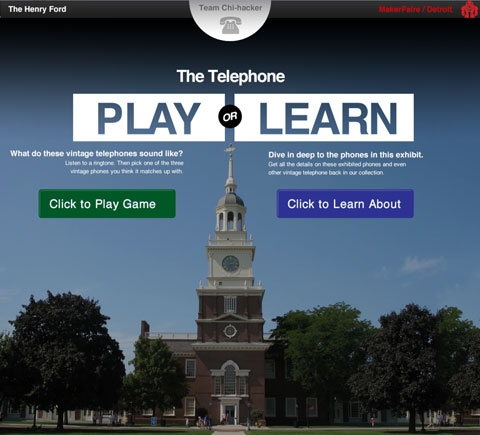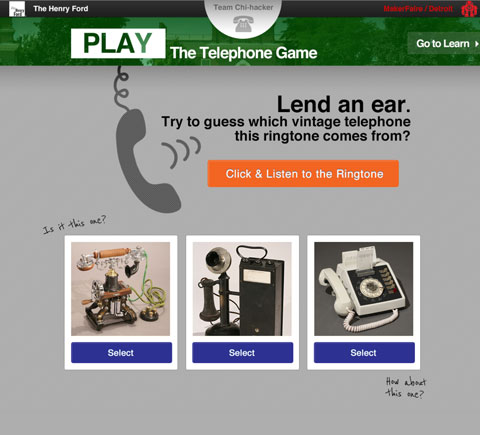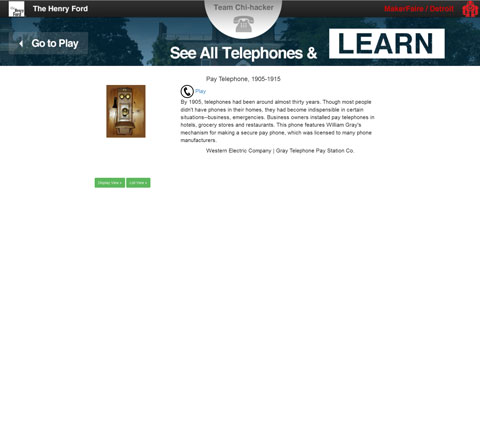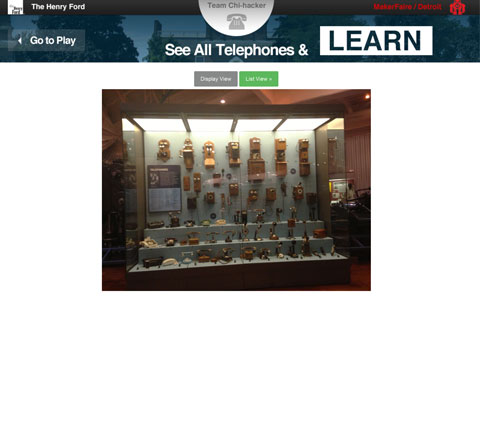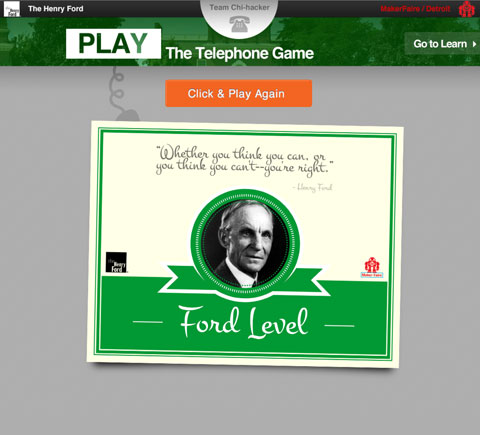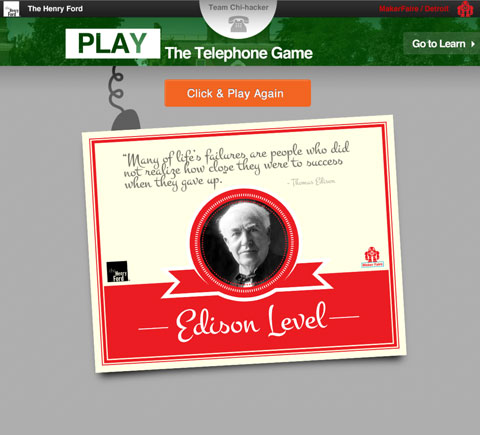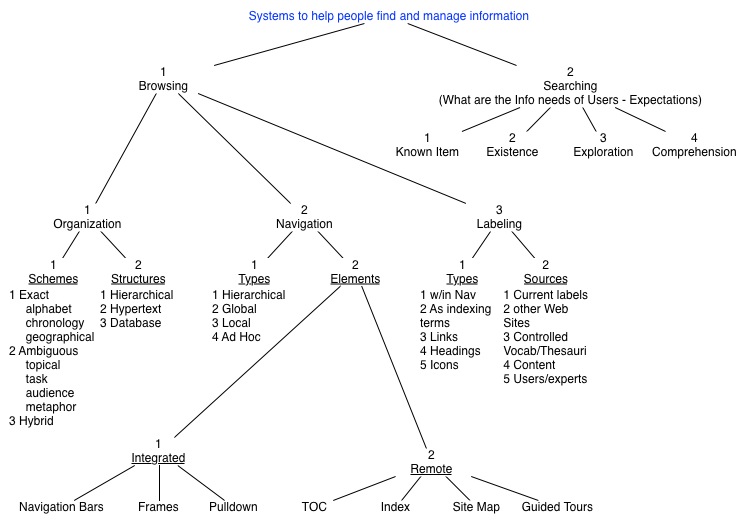Here are my notes from the article “The Truth About Customer Experience”
The Truth About Customer Experience: Touchpoints matter, but it’s the full journey that really counts.By Alex Rawson, Ewan Duncan, and Conor Jones. Harvard Business Review, September 2013, pp90-98
I’ll sum it up as how important it is to move from touchpoints to journey perspective. Solely looking at touch points is in my view “sub-optimization” similar to what occurred in supply chain management in which companies made just one link very excellent but resulted in “crack-the-whip” problems farther along the chain. (Supply Chain perspective comes from my work in automotive supply chains and the work of Goldratt from The Goal.) I caution trying to assess your progress with the approach if you just do step 1 and 2. I have seen the step 1 & 2 done well but the company then says “oh yes, we know that, we just can’t do anything about it.” The step 3 and 4 with cross functional processes and creation of “chain manager” is what is most important to deliver the value this approach can drive.
p92 “A company that manages complete journeys would not only do its best with the individual transactions but also seek to understand the broader reasons for the call, address the root causes, and create feedback loops to continuously improve interactions upstream and downstream from the call.”
p92 “Most customers weren’t fed up with any one phone call, field visit, or other interaction – in fact, they didn’t care much about those singular touch points. What reduced satisfaction was something few companies manage – cumulative experiences across multiple touch points and in multiple channels over time.”
p92 “Most service encounters were positive in a narrow sense – employees resolved the issue and hand – but the underlying problems were avoidable, the fundamental causes went unaddressed, and the cumulative effect on the customer was decidedly negative.”
p92 “But even as they work hard to optimize their contributions to the customer experience, they often lose site of what customers want”
p93 Companies need to embed customer journeys into their operating models in four ways:
- Identifying Key Journeys: They must identify the journeys in which they need to excel
- Understand Current Performance: Understand how they are currently performing in each
- Redesigning the Experience and Engaging the Front Line: Build cross-functional processes to redesign and support these journeys, and
- Sustaining at Scale by Changing Mind-Sets: Institute Cultural Change and continuous improvement to sustain the initiatives at scale.
p93 Identify Key Journeys … both top down (executive working session) and bottom up.
p94 bottom-up effort … additional research … customer and employee surveys along with operational data … regression models to understand which journeys have the greatest impact … run simulations to get potential impact.
p96 delivering at scale on customer journeys requires two high-level changes that merit mention here: (1) modifying the organization and its processes to deliver excellent journeys, and (2) adjusting metrics and incentives to support journeys, not just touch points.
p97 “new permanent role, redeploying senior people from siloed functions to become “chain manager” responsible for overseeing specific journeys …
p98… organizations must identify the appropriate metrics and create the appropriate measurement systems and incentives to support an emphasis on journeys.
p98 holding the sales agent, the technician, the call center, and the back-office agents responsible for a trouble-free install and high customer satisfaction at the end of the process, instead of simply requiring a successful handoff to the next touchpoint.
p98 And one large retail bank started requiring each executive-team and board member to call five dissatisfied customers a month – a simple but effective way of holding the leadership’s feet to the fire on customer experience issues.
p98 These efforts provided a real opportunity to differentiate not just the service experience but the brand itself.
References
The Goal by Eliyahu M. Goldratt
See Also
Example Customer Journey Map / Measuring Happiness in Usability Testing
